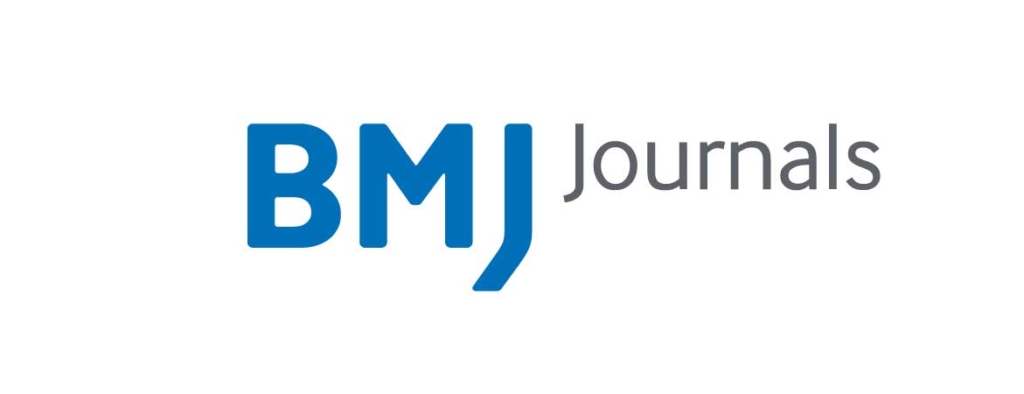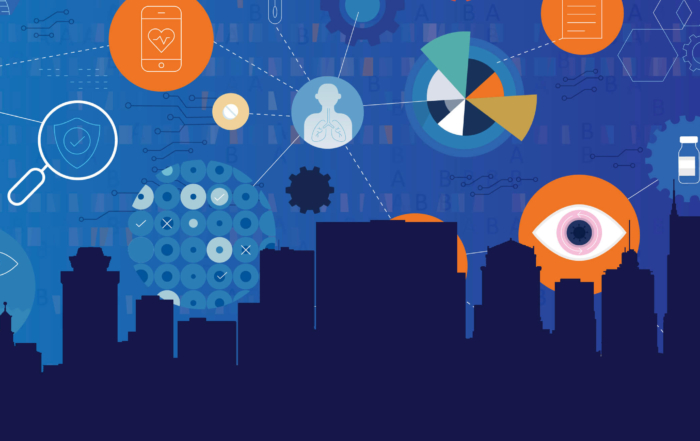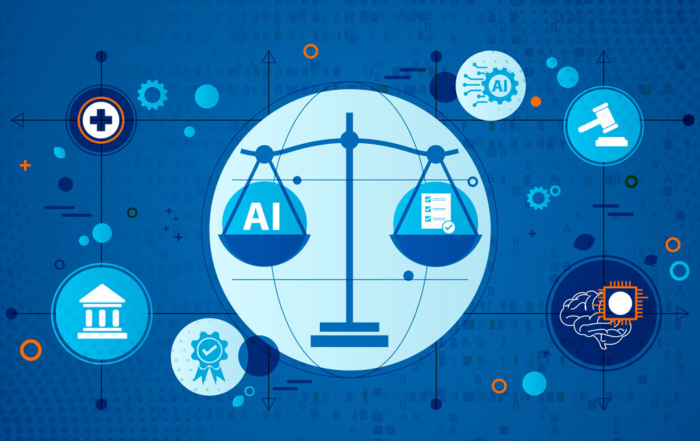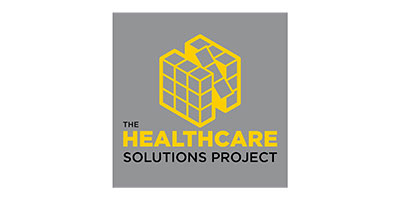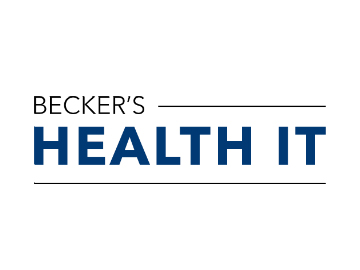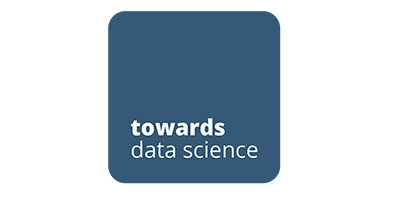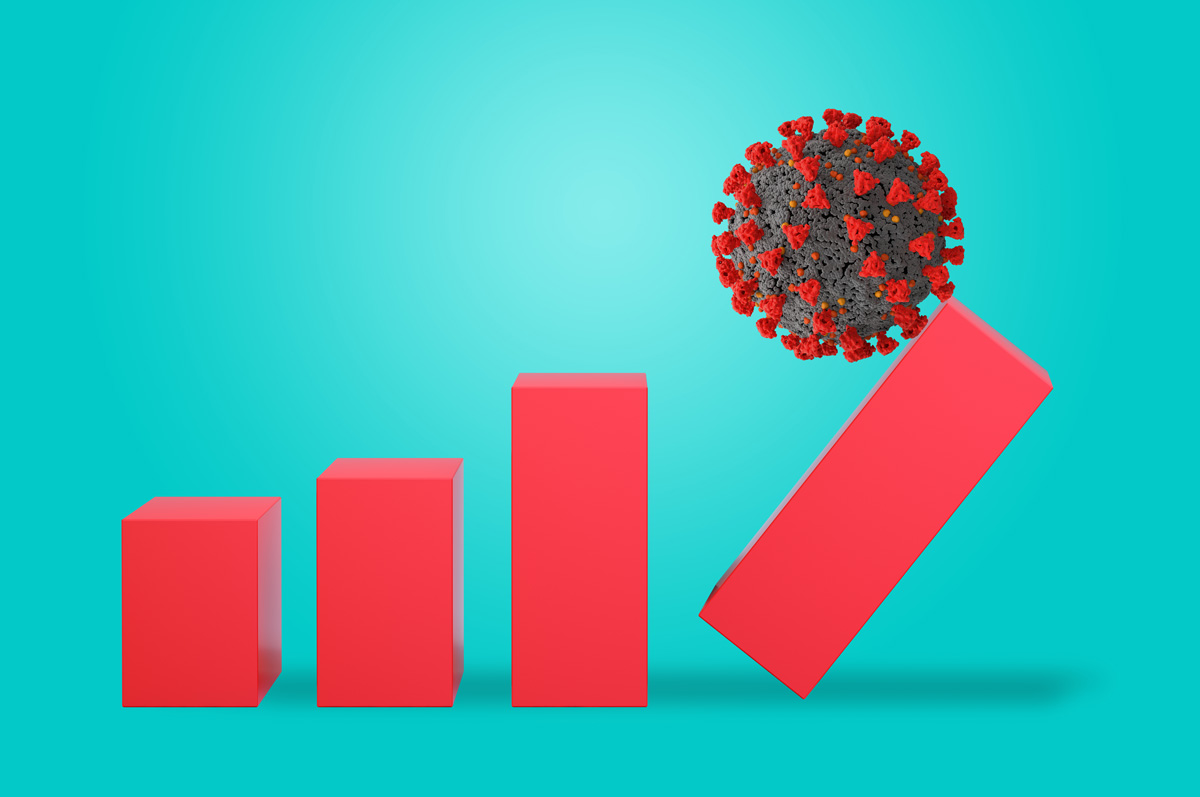
Battling the Economic Toll of SARS-CoV-2 with Predictive Analytics
According to an article in the Journal of the American Medical Association (JAMA), two Harvard economists estimate the cumulative financial costs of the COVID-19 pandemic at more than $16 trillion. To put this number into perspective, that’s approximately 90% of annual GDP of the United States or $200,000 for a family of four. This is a combination of lost income due to the COVID-induced recession and the economic effect of a shorter, less healthy life.
According to an article in the Journal of the American Medical Association (JAMA), two Harvard economists estimate the cumulative financial costs of the COVID-19 pandemic at more than $16 trillion. To put this number into perspective, that’s approximately 90% of annual GDP of the United States or $200,000 for a family of four. This is a combination of lost income due to the COVID-induced recession and the economic effect of a shorter, less healthy life.
The economists’ model assumed our country would have the virus substantially contained by the fall of 2021. However, with a number of new SARS-CoV-2 variants, a sizable percentage of Americans refusing the vaccine, and the implications of long COVID, this timeline is questionable — meaning the price tag is likely to grow.
How can healthcare decision-makers keep COVID-related costs from multiplying given these challenges? Let’s take a look at what’s driving these costs and how predictive analytics can play a critical role in mitigating them.
COVID-19 Variants
There are currently five variants circulating in the United States that the Centers for Disease Control (CDC) classifies as “Variants of Concern.” Since these variants seem to spread more easily and quickly than others, their proliferation can lead to more cases of COVID-19. Unfortunately, this results in more strain on healthcare resources, more hospitalizations, and potentially more deaths – all of which drives the $16 trillion estimate even higher.
Studies suggest that the authorized COVID-19 vaccines provide at least some protection against new virus variants. However, until there are boosters that improve the efficacy against these variants, there’s still a risk of transmission. Given this, predicting and managing the virus’ spread remains critically important.
Throughout the pandemic, Decode Health has applied its predictive modeling approaches to identify COVID-19 spread. In our home state of Tennessee, we predicted which counties would be in the top third of cases statewide weekly, with 95% average accuracy each week. By leveraging collected data, local and regional public health information, and filtered, proprietary social determinants of health (SDOH) data, Decode Health can identify specific locations and populations most at risk as well as correlations to distinct COVID-19 outcomes. Equally important, we analyze the changing risk drivers, helping community leaders make informed public health decisions in an evolving environment.
Arming stakeholders with this crucial information – especially in light of the emerging variants – enables targeted interventions to prevent cases and hospitalizations. It’s a key strategy in managing the growing costs of the pandemic.
Vaccine Refusal
In addition to COVID-19 variants, another cost driver is the number of people choosing not to get vaccinated. A recent NPR/Marist poll found that one in four Americans said they would refuse a coronavirus vaccine if offered. Another 5% are undecided. Experts are worried this will keep the United States from reaching herd immunity — the point at which the coronavirus can no longer spread easily through the population. Without herd immunity, the SARS-CoV-2 virus and its new variants will continue to circulate.
Each COVID-19 case has the potential to require weeks of costly rehabilitation depending upon its severity, which means lost income and high treatment costs. Millions of vaccine refusers could turn into hundreds of thousands of patients who need care if they contract the virus. This may translate into higher insurance premiums and higher tax dollars to cover the uninsured. It also effectively extends the pandemic for all of us, which drags down the economy in general.
Compounding the problem, contagious variants will likely dominate the fall and winter COVID-19 season, meaning it may require a larger share of the population to be immune before these variants can be contained. Even if we’re able to reach moderate levels of vaccination, regional outbreaks could still overwhelm hospitals and force local governments to resume restrictions.
With these scenarios looming, it’s important to prepare by monitoring and predicting potential outbreaks of COVID-19 in areas where polling suggests vaccine refusal rates are higher. As we approach fall and winter, we should focus on areas with higher non-vaccinated populations. Using Decode Health’s predictive capabilities in this targeted manner will help to mitigate the snowballing economic effects of an ongoing pandemic.
Long COVID
The last factor inherent in the high economic toll of the COVID-19 pandemic is what scientists and clinicians are now calling long COVID or the COVID ‘long-hauler’. These are persistent symptoms or new symptoms that develop at least four to eight weeks after the initial infection with COVID-19. Some researchers estimate approximately 10% of COVID patients develop long-term symptoms.
In addition to the copays or coinsurance one may need for tests, doctor’s appointments, and treatments, many COVID long-haulers report lost income because of their debilitating symptoms. If they lose their job, some may also lose their health insurance. This has long-term implications for these patients beyond the short term effects of SARS-CoV-2 infection.
Since long COVID affects so many different systems of the body, there’s greater potential for the virus to exacerbate a patient’s existing chronic condition, adding another level of complexity (and cost) to both diagnosis and treatment. Yet, this is only the tip of the iceberg, as the effects of long-term illness and economic insecurity can also lead to mental health issues and substance abuse, each with their own devastating impact.
Monitoring patients using predictive analytics is one way to manage the costs of long COVID care. For example, Decode Health can flag patients at highest risk for developing long COVID to enable targeted education about the importance of vaccinations. If a patient receives a COVID diagnosis, we can identify and predict evolving risk patterns related to pre-existing or yet to be diagnosed chronic conditions, incorporating the SDOH that play pivotal roles in influencing these health outcomes. This allows for timely, appropriate interventions that can prevent expensive adverse health events.
Predicting potential case growth and poor outcomes is dramatically less expensive than treating severe COVID cases or the long-term health complications that arise from long COVID. Although the national conversation has largely shifted from monitoring case growth to expediting the vaccination roll-out, controlling the virus’ spread should remain a high priority, followed by early identification of high-risk populations. This approach will have the greatest impact on curtailing these new cost drivers of COVID-19 in the years to come. Contact the team at Decode Health to learn more about our predictive analytics solutions to help improve outcomes while better managing risk and costs.


